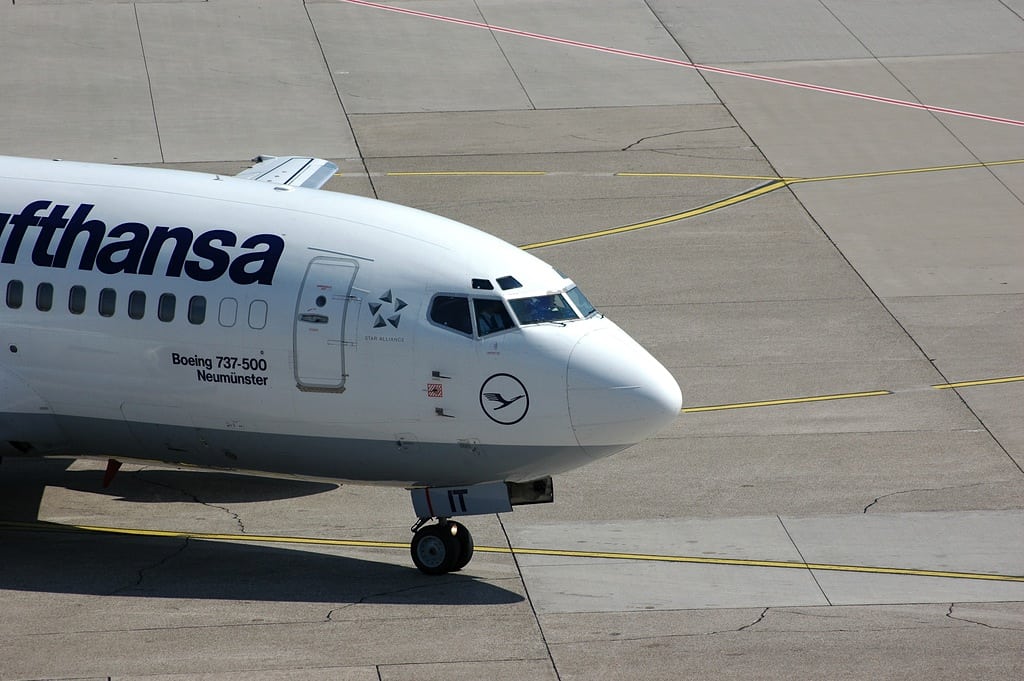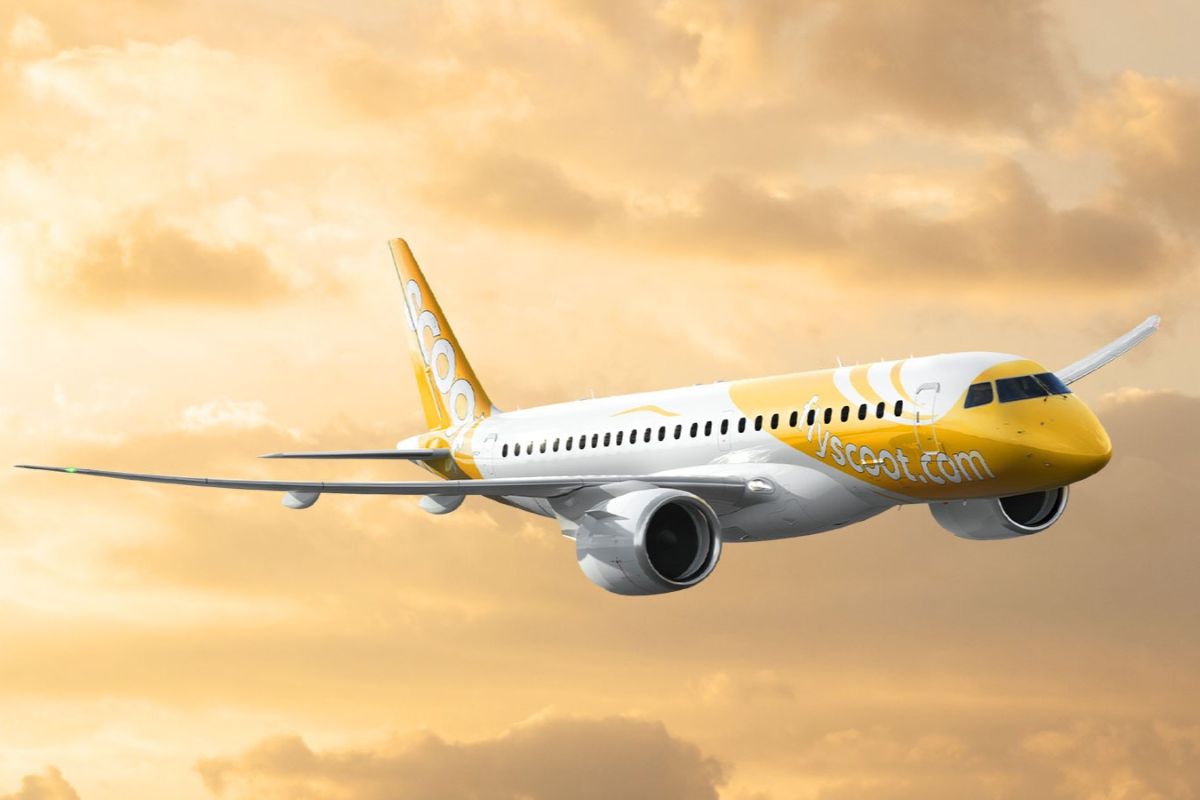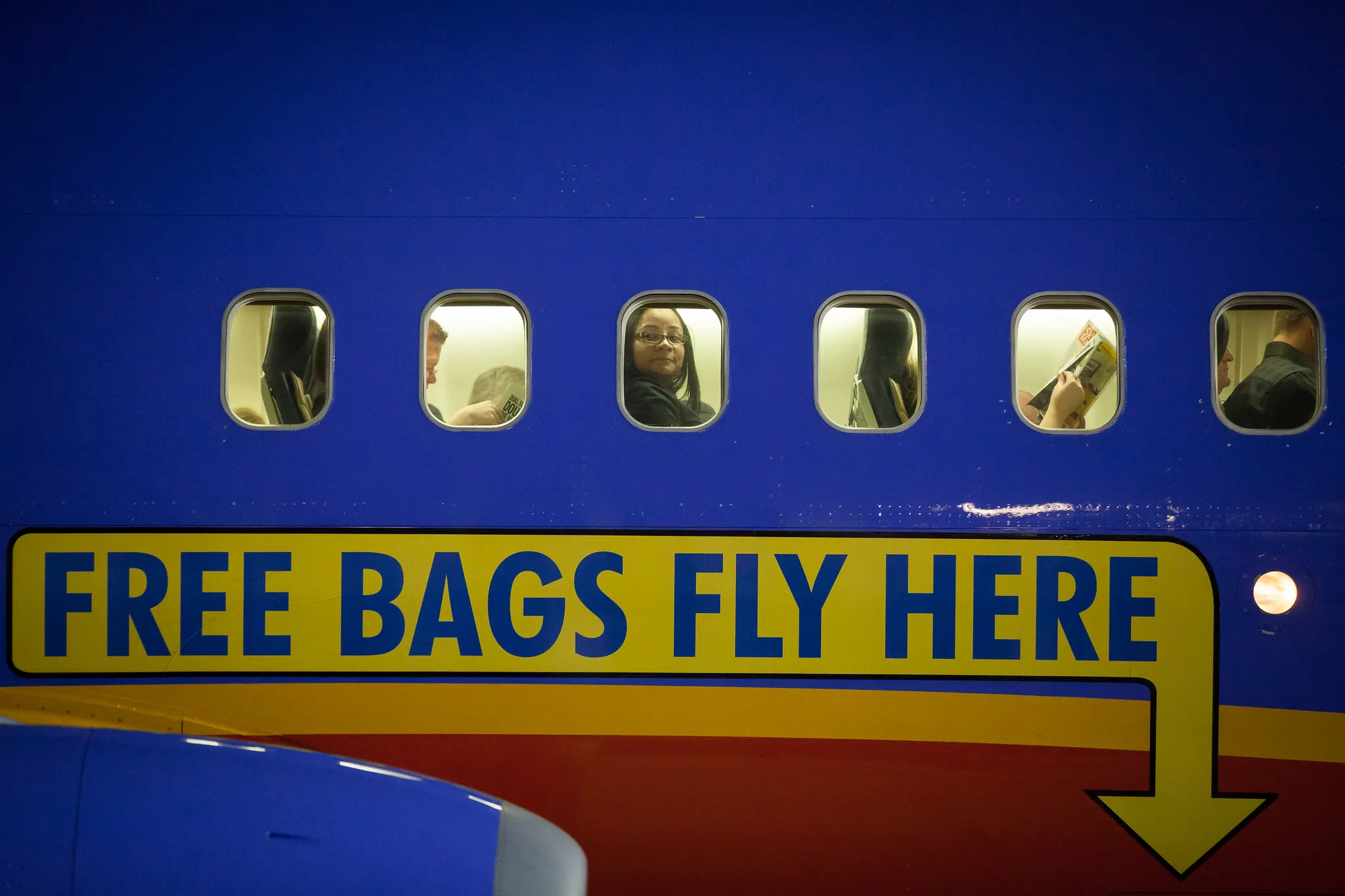Lufthansa annual traffic sags as European rival Air France-KLM gains momentum

Skift Take
Deutsche Lufthansa AG slipped further behind European market leader Air France-KLM Group after the German company’s disposal of U.K. carrier BMI led to a dip in annual traffic, the standard measure for ranking airlines.
Lufthansa’s passenger traffic -- the number of customers carried multiplied by the distance flown -- fell about 1 percent to 206 billion revenue passenger kilometers, or RPKs, last year, Bloomberg calculations based on data from the carrier show.
That’s 9 percent lower than at Air France-KLM, where the total increased 2.1 percent to almost 224 billion RPKs, with the gap between the pair widening from 5 percent in 2011. IAG, the parent of British Airways, posted a gain of 4.4 percent to 176 billion, aided by its purchase of London Heathrow-based BMI from Lufthansa, even after a drop in traffic at Spanish unit Iberia.
“Lufthansa’s idea was to grow at Heathrow but it wasn’t able to get the scale it wanted,” said Donal O’Neill, an analyst at Goodbody Stockbrokers in Dublin. “IAG straight away rationalized and used BMI in an entirely different way.”
Cologne-based Lufthansa said yesterday that 2012 traffic amounted to almost 205 billion RPKs, excluding BMI, which it sold to IAG on April 20. The unit, which has since been folded into BA, contributed 1.41 billion RPKs in the first three months, according to figures from the German company, which didn’t provide data for the first three weeks of April.
No. 1 by Passengers
Lufthansa transported 103 million passengers last year, up 2.4 percent on 2011, excluding BMI from both years, making it the European No. 1 by that measure. Air France-KLM and IAG, as International Consolidated Airlines Group SA is known, lured 77.4 million and 54.6 million travelers respectively.
Lufthansa Passenger Airlines, which includes the namesake brand and discount division Germanwings, also transported 2.4 percent more passengers, while the Swiss and Austrian Airlines units carried 3 percent and 1.8 percent more.
Lufthansa increased capacity only 0.6 percent in 2012, excluding BMI, versus a 2.2 percent traffic increase on that basis, so that the load factor, a measure of occupancy, advanced 1.2 points to 78.8 percent.
London-based IAG added 2.8 percent more seats, barely half the traffic gain, and also lifted occupancy 1.2 points, to 80.3 percent, it said Jan. 7. Air France-KLM, which has its headquarters in Paris, lifted capacity 0.6 percent, giving the same increase in occupancy for a load factor of 83.1 percent.
Europe’s major airlines are reviewing their commitment to flights within the region in the face of competition from Ryanair Holdings Plc and EasyJet Plc, especially where services don’t feed traffic onto their long-haul services.
“They’re all cutting short-haul where it’s not profitable,” Goodbody’s O’Neill said. “Keep capacity discipline and you get that demand squeeze and can push up prices.”
With assistance from Kari Lundgren in London. Editors: Chris Jasper, Benedikt Kammel. To contact the reporters on this story: Richard Weiss in Frankfurt at rweiss5@bloomberg.net; Kari Lundgren in London at klundgren2@bloomberg.net. To contact the editor responsible for this story: Benedikt Kammel at bkammel@bloomberg.net. ![]()




